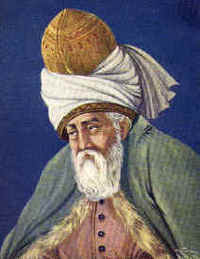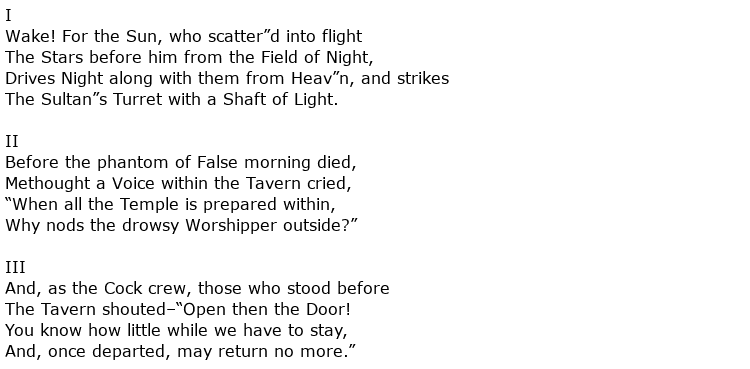 The literature of Persia is one of the world”s oldest and frequently referenced literatures. It covers two-and-a-half thousand years, although a significant portion of the pre-Islamic documents have been lost. Much of it has been within historical Persia , which includes present-day Iran, Iraq and Azerbaijan, along with portions of Central Asia where the Persian language has been treated historically as the national language.
The literature of Persia is one of the world”s oldest and frequently referenced literatures. It covers two-and-a-half thousand years, although a significant portion of the pre-Islamic documents have been lost. Much of it has been within historical Persia , which includes present-day Iran, Iraq and Azerbaijan, along with portions of Central Asia where the Persian language has been treated historically as the national language.
Poetry from that region of the world has come from a wide variety of poets. One of the better known poets is Molana. Sometimes referred to as Rumi, Molana is a 13th century poet from Persia. He was also a Sufi mystic and a well-respected theologian. Not only has his work in poetry spread throughout the region, but also impacting students of poetry around the world. His poems have been translated into multiple languages. He has even been considered as one of the most popular of poets, even in America. His major works include the Maṭnawīye Ma’nawī which means ‘spiritual couplets’, and Dīwān-e Kabīr, or ‘great work’. These collections of poems include tens of thousands of line of poetry.
If you feel any desire for me, then say so
by Molana (Rumi)

Much of early Persian poetry is characterized by the use of strong court patronage, sometimes referred to as “exalted in style”. This tradition of royal patronage likely had its beginnings during the Sassanid era, and it continued on through into the courts of nearly ever major Persian dynasty. One of the most famous forms of this poetic style is the Qasidawas, which is a series of quatrains similar to those used by the famous Omar Khayyam in his work, Ruby”iyyat. This extensive piece can be found throughout the internet, so I have included only a sample of this poem below.
Ruby”iyyat
by Omar Khayyam

Later, in the 16th century, Persian poetry was influenced greatly by the Indian styles of poetry. Often referred to as the Isfahani, or Safavi, this style of poetry has its roots in the Timurid era and produced such noted poets as Amir Khosrow Dehlavi and Bhai Nand Lal Goya. Amir Khusrow (Khosrow) was both a musician and a scholar. He was a very prolific writer of very tender lyrics and often emulated each and every style of Persian poetry that had developed during the course of Medieval Persian history.
Much like Rumi, he was a 13th century poet, although Khusrow if often given more attention for his contributions to music, including qawwali (Sufi devotional music) and Hindustani classical music. He has even been credited with the invention of the sitar, although there is no solid evidence that he actually participated in the development of the fascinating instrument. He was a prolific writer and was at one point in his life appointed at the Royal Poet for more than seven of the member of the Delhi Sultanate. His work remains popular today among the peoples of Pakistan and India.
You’ve taken away my looks
by Amir Khusrow

The poetry of the Persian is extremely diverse, having covers thousands of years of development. To attempt to provide much more than a tease of this wonderful source of poetic art is more than can be provided here. I encourage visitors to this site to explore on their own, to find out more about the poetry of Persia.


You must register to comment. Log in or Register.